Research
Search our website
Search our website by entering a keyword or choose a database above to search specifically.
Search
Showing search results 4,111 - 4,120
14,716 results found
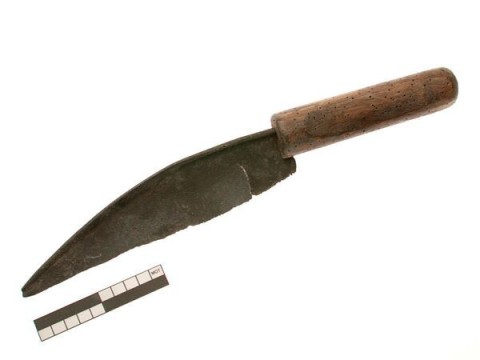
Sheaf-knife
Before threshing, the farmer cuts loose the twine or straw that binds the
sheaves with the sheaf-knife. The blade usually consists of a piece of a
scythe blade. It is therefore often slightly curved with a broad back,
ending in a point. The length of the blade varies from 12 to 20 cm and is
inserted into a straight handle (approx. 10-20 cm). See also the thatching
knife and the bale tie cutter. [MOT]
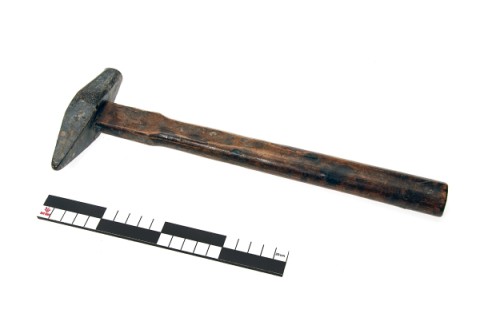
Ship maul hammer
The ship maul hammer is used to drive in and out heavy nails, bolts and
stud nails and is mainly used by the shipwright. It is a heavy metal
pointed hammer on a long handle. The point is straight and has the shape of
a truncated cone. The tool is struck with a hammer or club hammer. See also
the hand punch. [MOT]
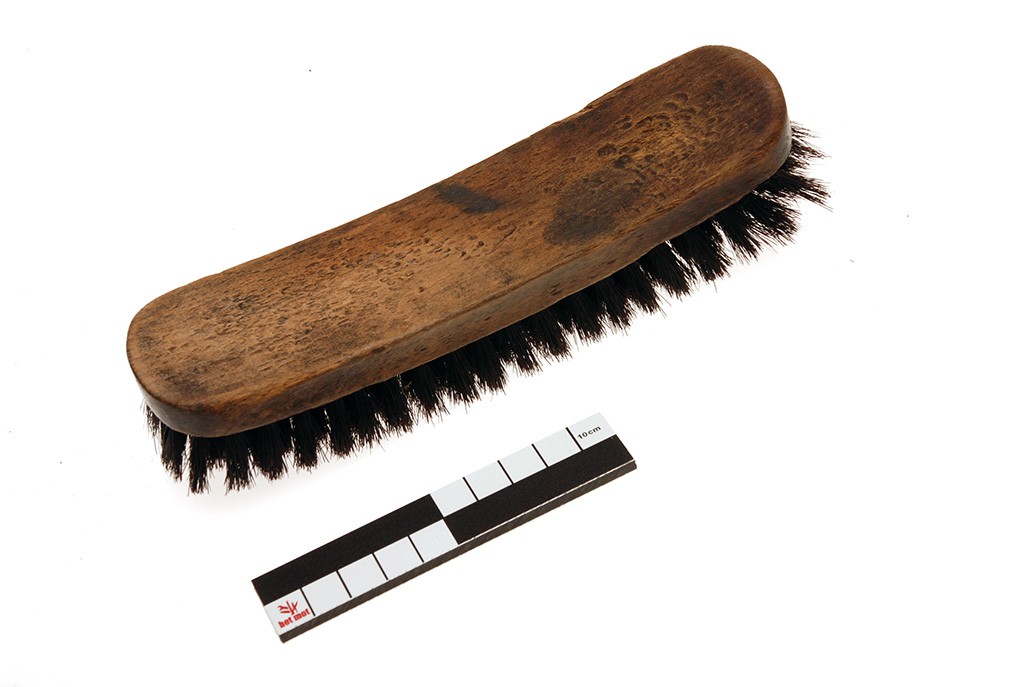
Shoe shine brush
This text can only be consulted in Dutch
<https://www.mot.be/resource/Tool/shoe-shine-brush?lang=nl>
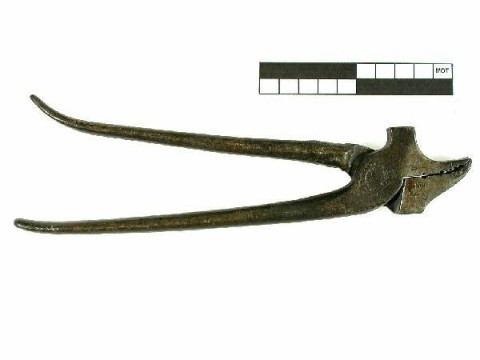
Shoe pincers
This text can only be consulted in Dutch
<https://www.mot.be/resource/Tool/shoe-pincers?lang=nl>
/spintol1.jpg)
Shoemakers's spindle
This text can only be consulted in Dutch
<https://www.mot.be/resource/Tool/shoemakers-s-spindle?lang=nl>
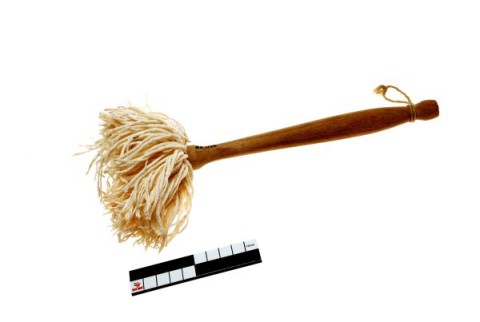
Sink brush
Brush with stiff bristles or steel wire, often fan-shaped, and a straight
or button-shaped handle. It is used to scrub the sink and dirty pots and
pans. Modern dish brushes are made of plastic. See also the pan scrubber.
[MOT]
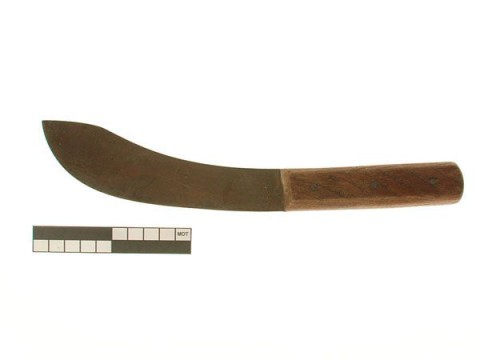
Skinning knife
The skinning knife has a sturdy, saber-shaped blade attached to a wooden or
plastic handle. The cut is rounded upwards, which makes the cutting surface
larger. With the skinning knife it is possible to separate the skin in one
piece from the meat. The skin is pulled away from the flesh and the knife
is drawn over and over again along the thin membrane between flesh and
skin. [MOT]
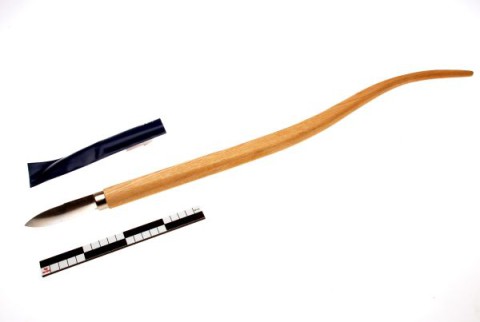
Shoulder knife
The shoulder knife is a manual tool used by the marquetry worker to cut
veneer (1). It has a blade (approx. 6 cm) with a straight or curved edge.
The end of the long wooden handle (approx. 57 cm) is slightly curved and
rests on the shoulder of the user. This way he has more control over the
knife and can put more pressure.It is also sometimes used as a chip carving
knife (2).See also the cutting gauge. [MOT](1) In the 18th century, the
cutting gauge was preferred over the shoulder knife. See ROUBO:
847.(2) From DICK catalog: 53.
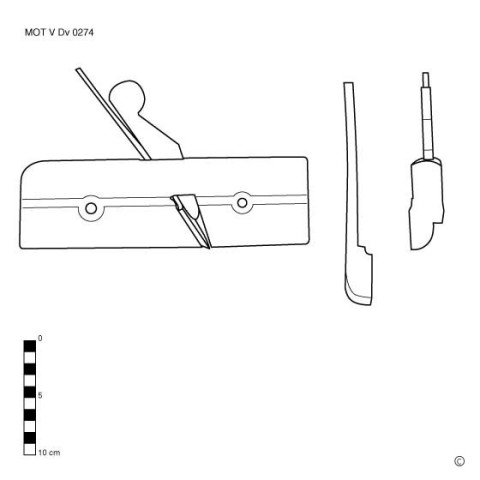
Side round and side hollow plane
This text can only be consulted in Dutch
<https://www.mot.be/resource/Tool/side-round-and-side-hollow-plane?lang=nl>
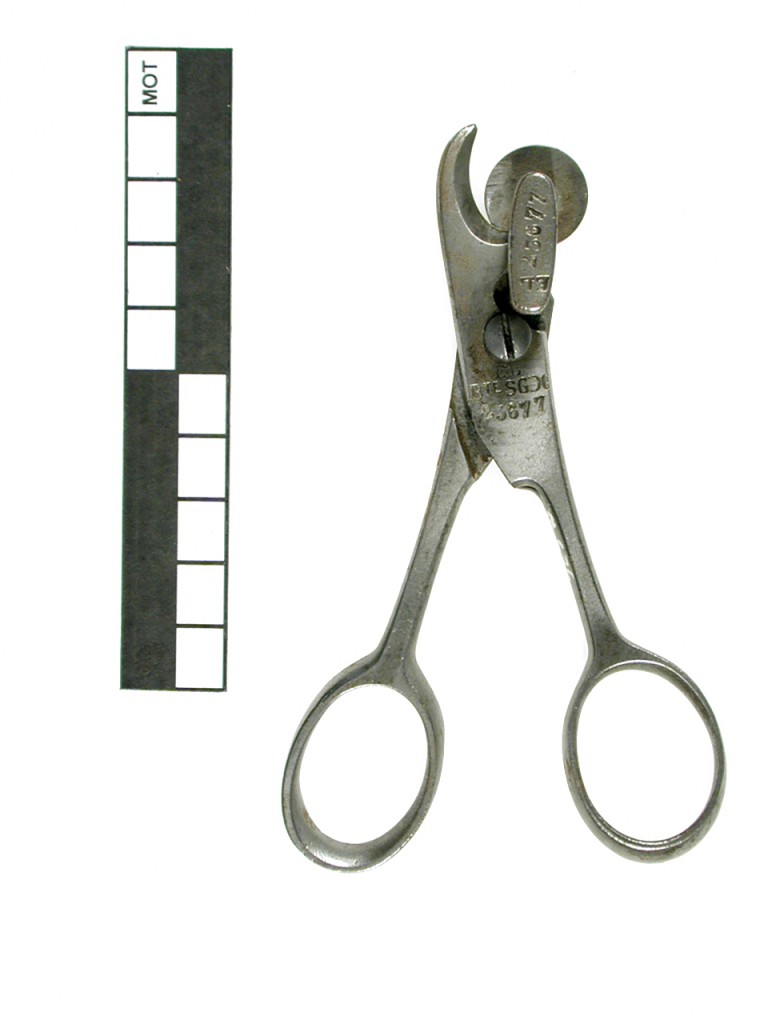
Shotshell trimmer
This text can only be consulted in Dutch
<https://www.mot.be/resource/Tool/shotshell-trimmer?lang=nl>
